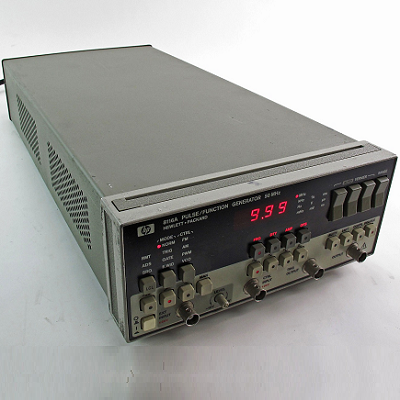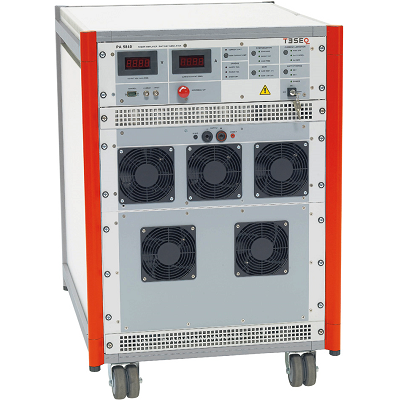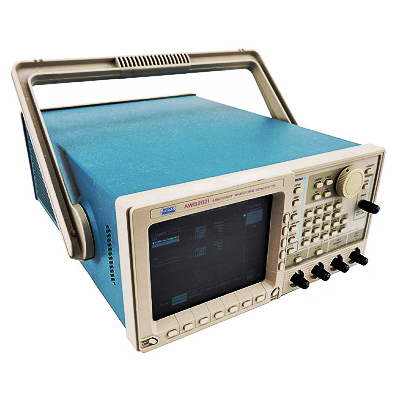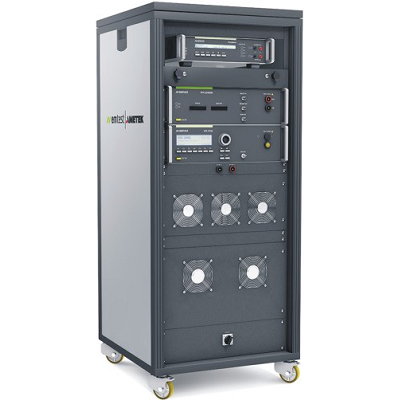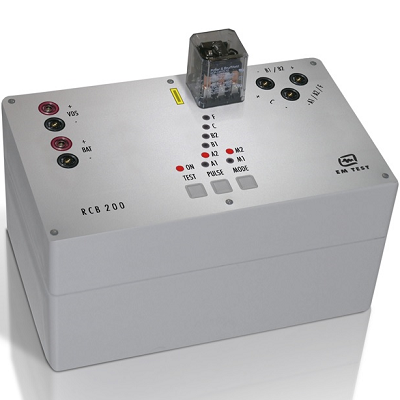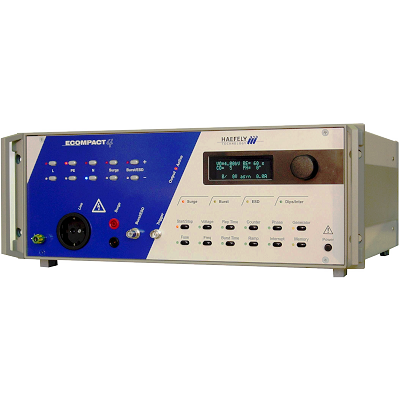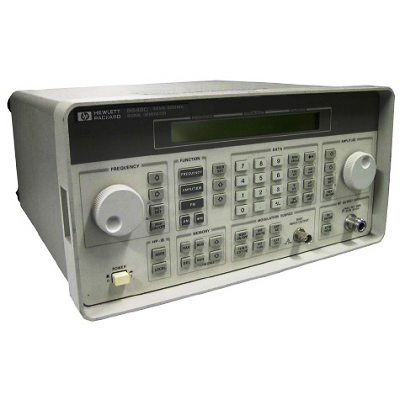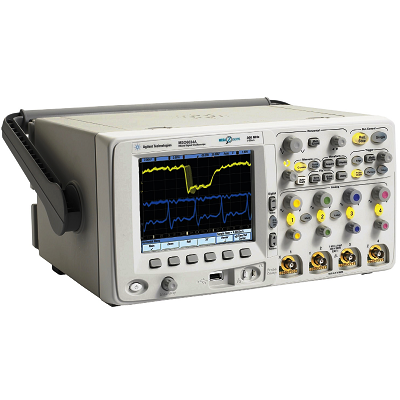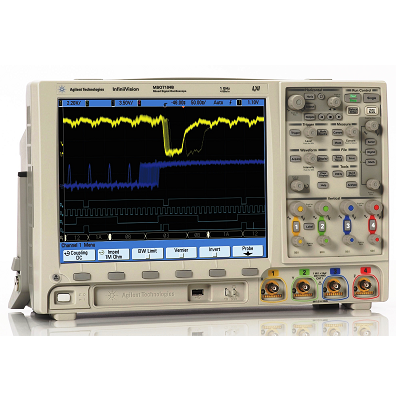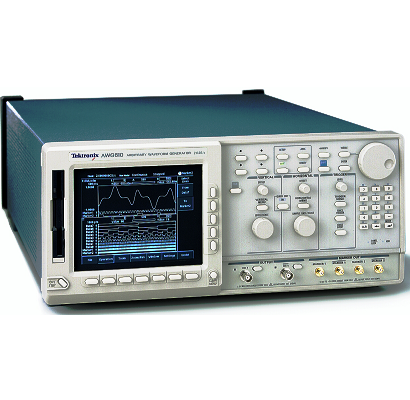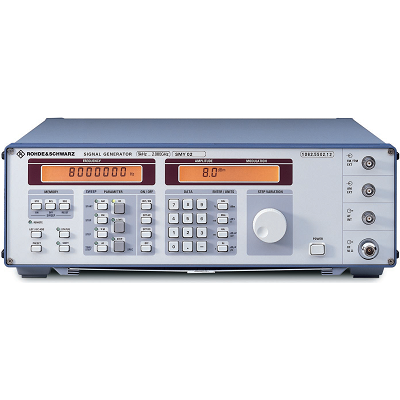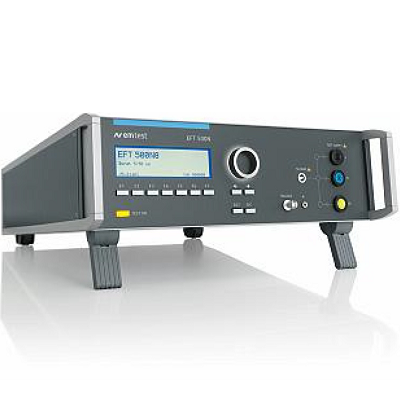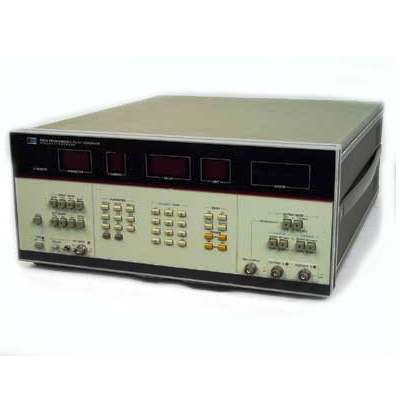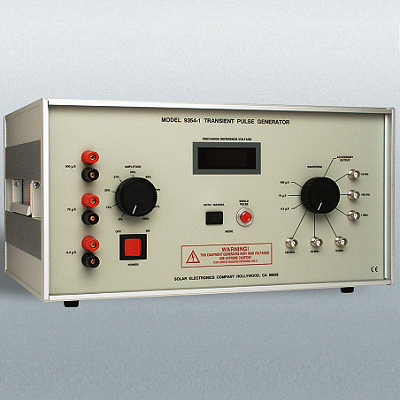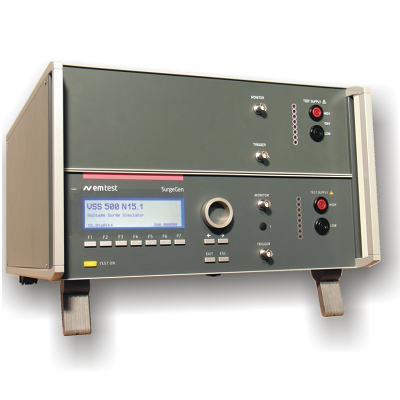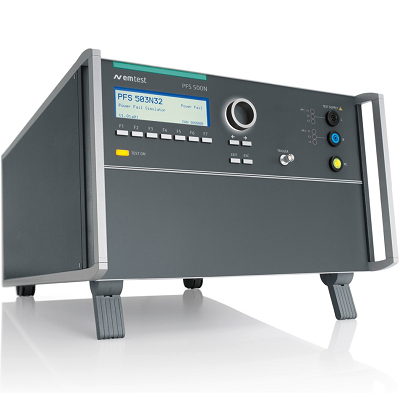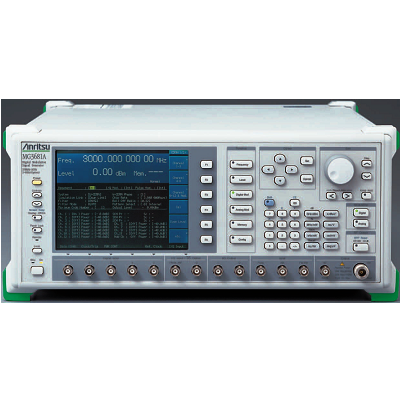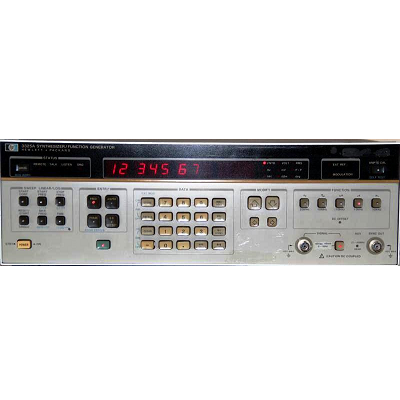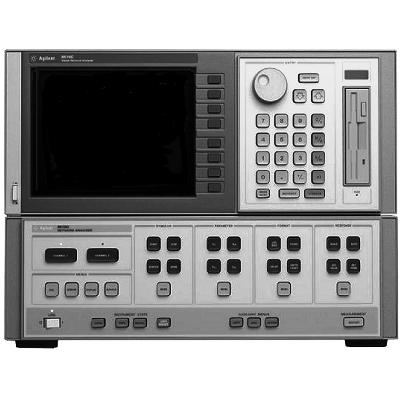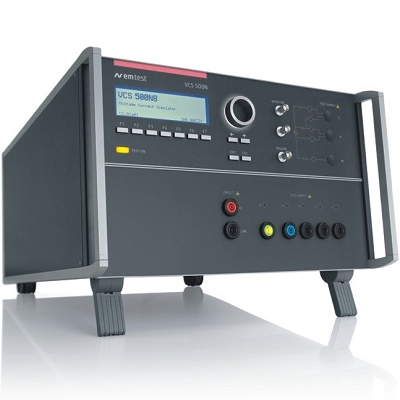HP / Agilent 8116A Pulse/Function Generator
Description
The fully programmable HP 8116A features pulse as well as function generator capabilities in one small unit. A broad 1 MHz to 50 MHz band for all waveforms and a wide choice of operating and modulating modes assure high flexibility. These factors, plus good repeatability, make the HP 8116A a sound, long-term investment.
Unique Operating Concept Saves Engineering Time
HP's custom IC's have made it feasible to put the many HP 8116A capabilities into such a small volume. Handling is simplified by a unique, microprocessor-controlled, operating concept that ensures a clear overview of the compact front panel at all times. When the mode and waveform have been selected, illuminated labels show which parameters must be set. There is no clutter, and no confusion.
Auto-vernier. In normal mode, the HP 8116A's auto-vernier increments any desired parameter continuously until a stop signal is applied. This means that thresholds can be measured automatically, without a controller.
Level or amplitude programming. The HP 8116A's output can be programmed in terms of high and low levels or in terms of amplitude and offset. Consequently, a direct, automatic, conversion is always feasible, so that the HP 8116A can be programmed in the same terms as the device is specified.
Safe Limit. Devices can be protected by the limit feature. This prevents the output from exceeding a given magnitude.
Rectangular Waveforms
For such applications as laser diodes or dc motors, square waves can be programmed for constant duty cycles from 10 percent to 90 percent. For digital test, or for simulating very low duty-cycle events, pulse width can be programmed down to 10 ns. Square wave and Pulse modes provide clean 6 ns edges that are ideal for many technologies. Pulse width modulation and pulse recovery capability are available in Pulse mode.
Sine and Triangle Functions
A ten percent to 90 percent duty cycle, programmable in one percent steps, provides ramps and asymmetrical sine waves for testing VCOs, servos, amplifier linearity, and industrial process-control systems. Haverfunctions, available in External Trigger, Gate, and Burst modes, extend the applications to such areas as telephone line and vibration testing.
Modulation
All waveforms can be amplitude or frequency modulated. VCO operation allows frequency variation over two decades with an external voltage; consequently, transducer output can be conditioned for mag tape recording, or frequency-shift keying or linear sweep can be carried out.
Option 001
10 1/2-decade log sweep. Sweep mode covers the wide 1 MHz to 50 MHz band in a single up sweep. Test setups require no more than an X-Y recorder or scope because all necessary control signals are available. The HP 8116A sweeps can be internally triggered, if desired.
Accurate, counted bursts. A preprogrammed number of cycles of any waveform can be generated in Burst mode. With sine, triangle, and square functions, bursts can be triggered internally as well as externally.
Hold capability. For material stress testing, low-frequency functions can be held at instantaneous levels. Hold is controlled by an external signal.
Low-Cost Automation for Bench and Systems
Powerful capability, small size, and wide specified temperature range make the HP 8116A a good choice for automatic test systems. Also, the low cost means that it's now realistic to automate those routine bench jobs and leave more time for design. Comfortable software features such as easy syntax and flexible format contribute to rapid system design.
Operating Confidence
There is reliability in the HP 8116A's output because proper operation is always ensured by the instrument's error detector. This helps you to recover from an incorrect front panel or programming operation and by indicating the offending parameter. Also, the built-in test and diagnosis feature verifies correct function each time the instrument is switched on.
Features
- Sine, triangle, square, and haverfunctions
- 1 MHz to 50 MHz, 32 Vpp for all waveforms
- Variable (10 ns min) pulse width, 6 ns transitions
- Modulation
- Self-prompting operating concept
- Error recognition and self test
